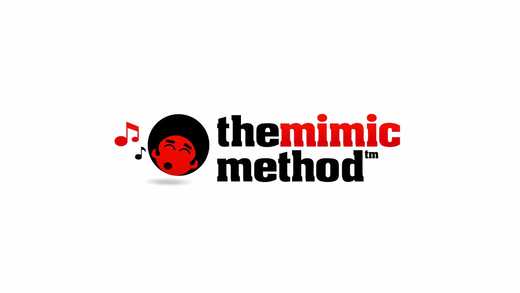Mimic Method Review: A Unique Approach To Language Learning
 Written byLara Scott
Written byLara Scott- Read time2 mins
- Comments0


- Truly unique approach to language learning
- Plenty of engaging tasks to boost your knowledge
- Emphasis on listening prepares you for conversation
- An expensive course might not help all students
Great, unique approach to teachining language fluency as 'song' mimicry. It's highly effective and quite unlike anything else, but too expensive.
The goals of Idahossa Ness, founder of the Mimic Method, include — teaching languages by tuning the ear of the student.
I found this unique premise intriguing, particularly as an advanced Spanish student who had struggled with the pitfalls outlined by the founder.
Here’s my review, which goes into detail about the pros and cons.
Features of Mimic Method
There are 10 languages available on the Mimic Method platform, including Spanish, French, German, Russian, Mandarin and English.
Idahossa Ness has also provided a few free resources to assist language learners in their goal of understanding foreign languages.
The platform teaches you a language by focusing on three stages — sound capacity, syllable capacity and sentence capacity.
The teaching of sound
The Mimic Method teaches you why sounds are important in language learning and how to make sounds.
It is, according to Idahossa Ness, the foundation of communication, and the lessons are taught via webinars.
This principle is backed up by technical concepts, where you’ll get to know the various parts of the mouth, nose and throat — (all of which are parts of the body responsible for creating sounds).
Homework to boost what you understand
When you’re taught a concept, this is backed up by a homework assignment.
It tests what you know and what you’re unsure about in terms of your target language and pronunciation.
For instance, you will be taught about the philosophies of making sounds to communicate and then quizzed on the advantages of this concept when speaking a
I found the homework towards the beginning of the course to be heavily focused on why pronunciation is important.
Lessons in units
Each concept is broken down into different units, and each unit will review the homework you’ve been previously set.
These units all focus entirely on pronunciation and sound, and when I analysed a few other languages offered by the Mimic Method (other than the Spanish I was interested in), I found that some materials were repeated.
Now, although this doesn’t wholly detract from the quality, avoiding repetition could have created more room for more material.
I could have also probably benefitted from having conversations to practice using the sounds I learned, which would have justified the cost of the platform.
So, all in all, Mimic Method is a unique concept and platform.
It explores language learning from a refreshing perspective, but it falls flat when it comes to its content.
Given the price, and how technical some of the content is, it might not be for everyone.
Have you used Mimic Method before?
Share your thoughts below.
 Grab the link to this article
Grab the link to this article